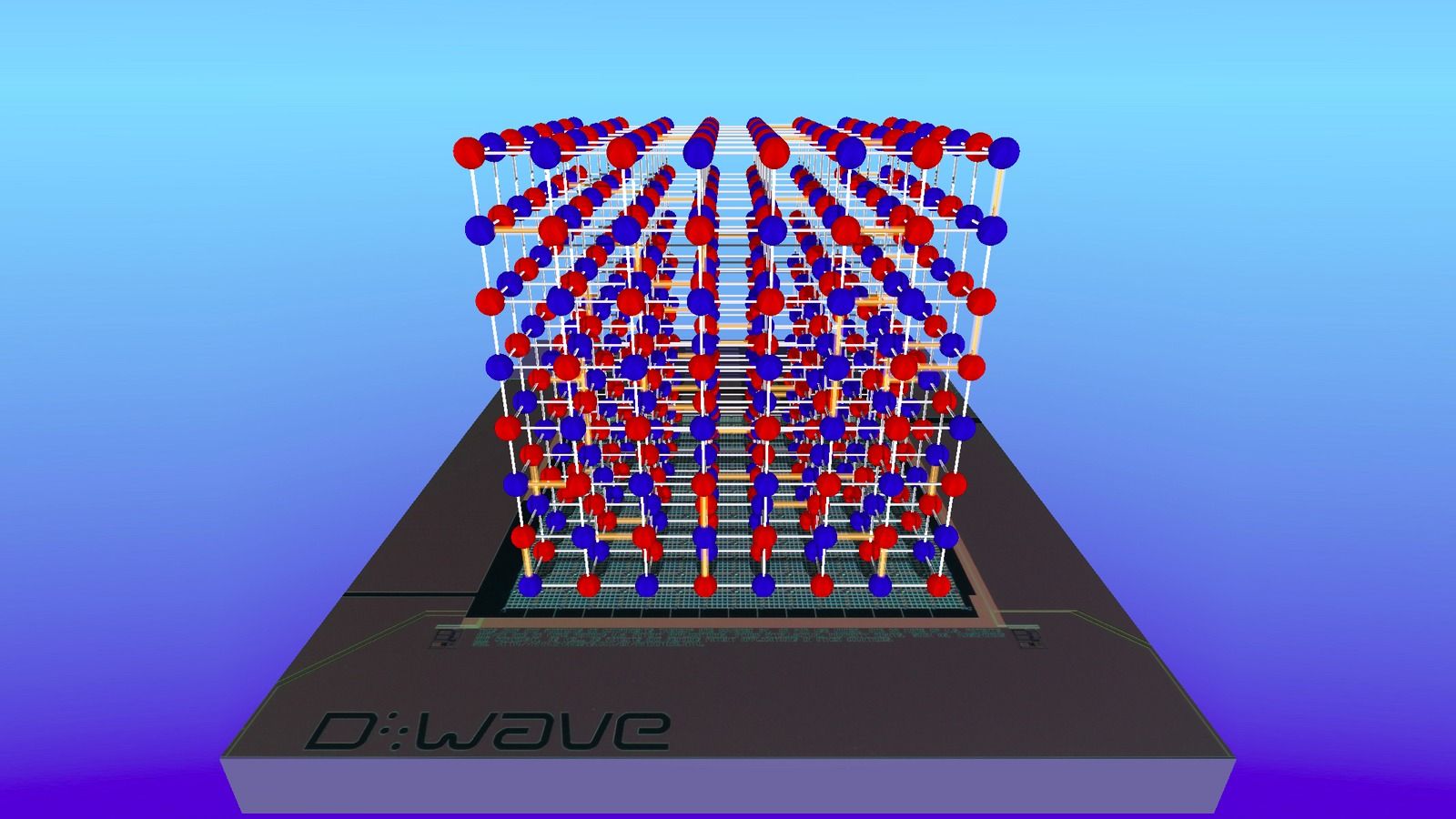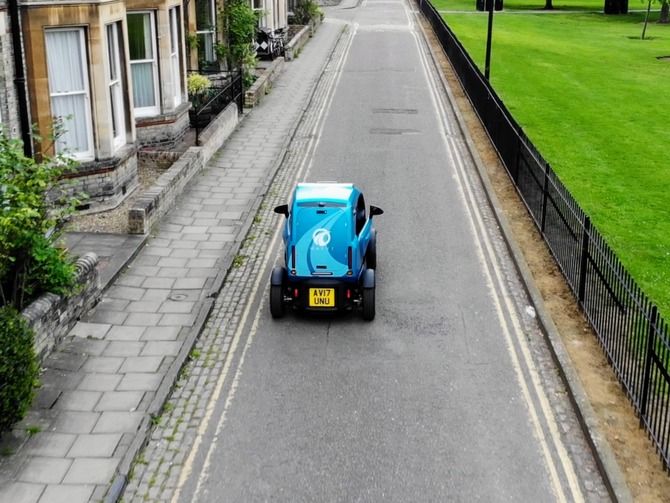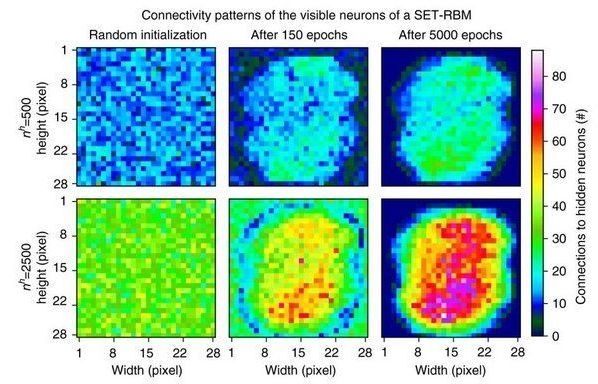“Our main goal is to let patients control them as naturally as though they were their biological limbs,” says Professor Dario Farina from Imperial College.
A team of scientists from Imperial College London and the University of Göttingen have teamed up to create a ‘next generation’ bionic hand. This bionic hand is special because it uses artificial intelligence to improve its functionality.







